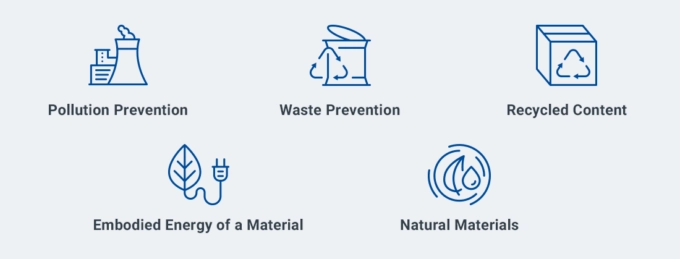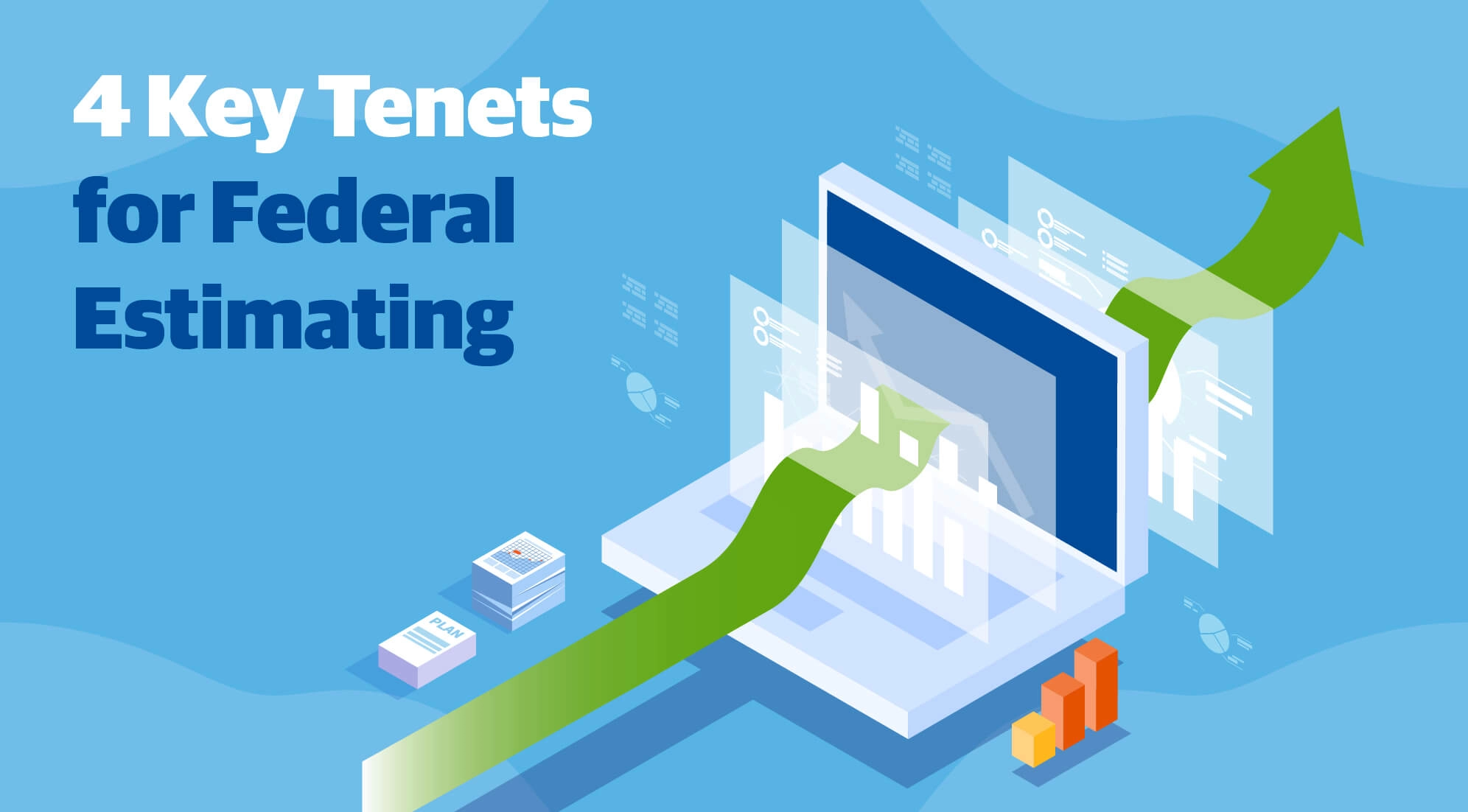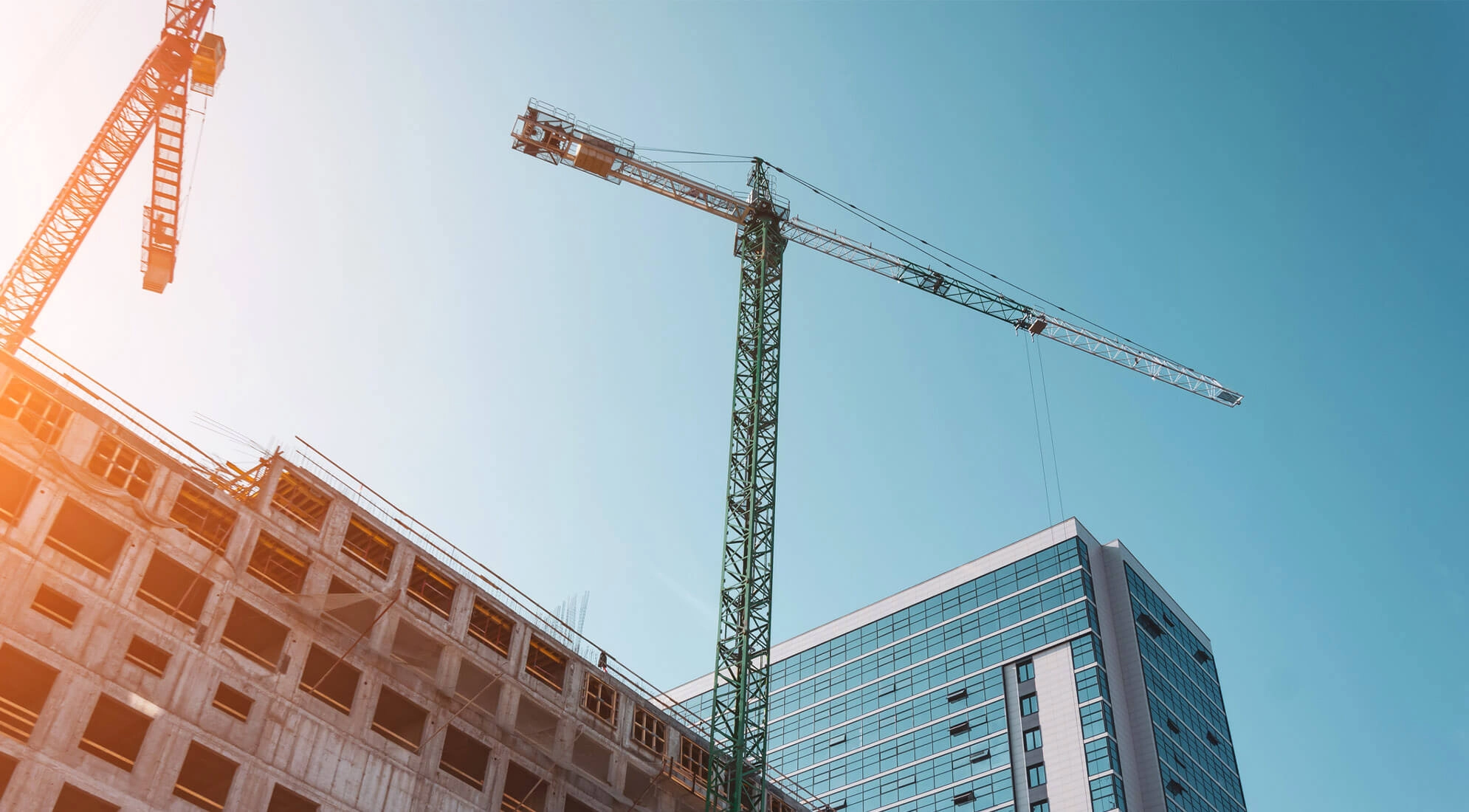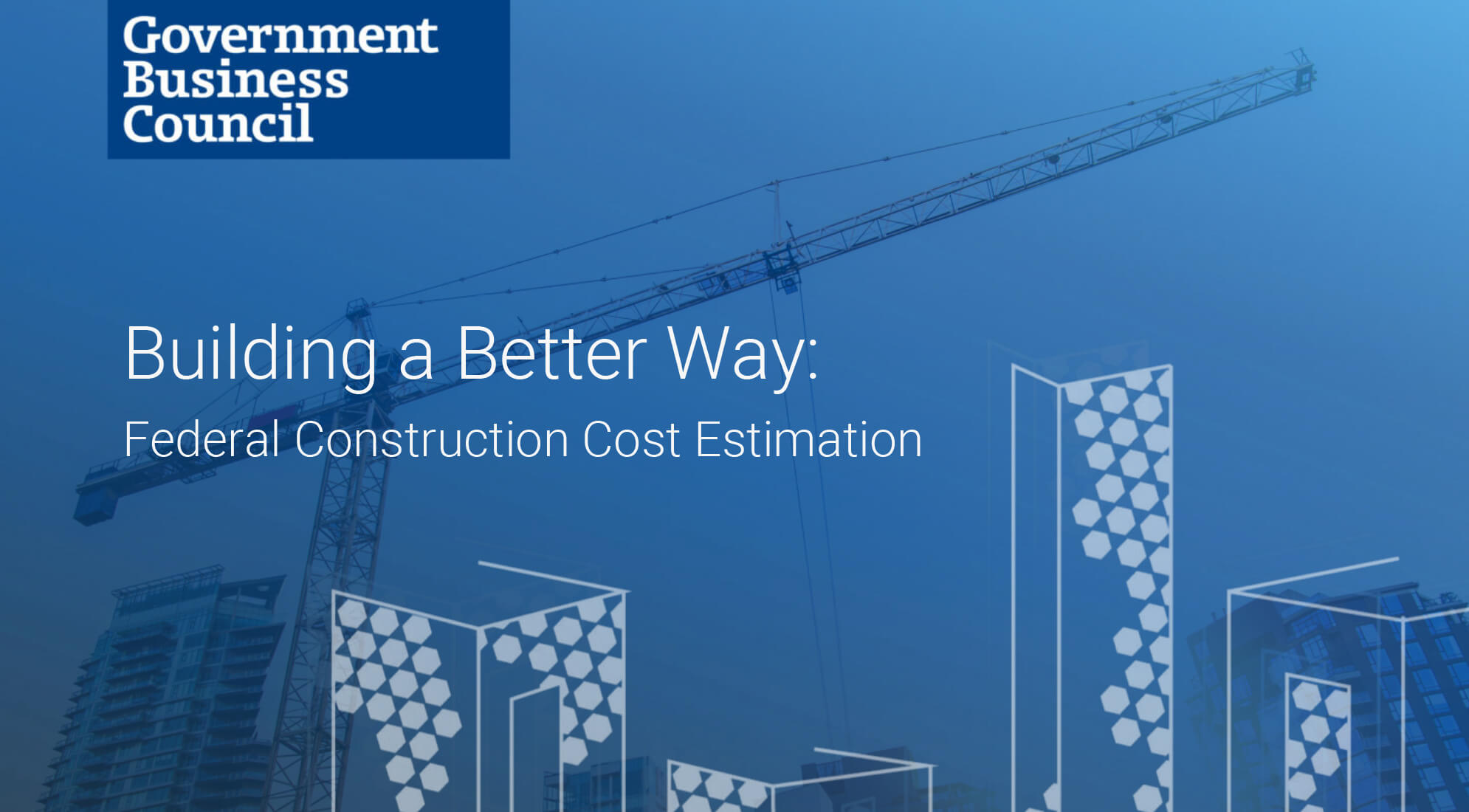Several years ago, while still a graduate student in the Environmental Design department at the Arab Academy for Science and Technology in Egypt, Sahar Salah published a research paper on Building Materials and Techniques applied to achieve Sustainability. In her work, she codifies sustainable, or green, construction materials into each of the three phases of the design life cycle: Pre-Building, Building and Post-Building.
The Pre-Building aspects of material sustainability focus on the manufacture of the component. In other words, how sustainable is the extraction, processing, packaging and shipping of the material. Where does pollution, environmental harm or waste occur?
The Building phase is all about the use of the material. Or, how sustainable the construction, installation, operation or maintenance of the material happens to be. Is it cumbersome to use – requiring lots of energy-consuming equipment – excessively costly and inefficient to operate or difficult to maintain?
In the Post-Building phase, the emphasis is on what to do with the material when its shelf life is over and it has to be disposed of. Is this material something that’s easy to recycle, reuse or repurpose?
In subsequent conversations, we will delve deeper into sustainable building techniques. For this discussion, I would like to use the Pre-Build concept as a way of channeling the narrative around designing, evaluating and acquiring green construction materials.
Pre-Building Phase: Sustainable Material Manufacturing
Sometimes it’s good to look at things from a different perspective. Rather than immediately focusing on an end material’s cost, utility and efficacy – and using those few factors to determine which green construction materials you incorporate into your projects – try looking at how each product went from its natural state to being on the shelf at the building supply center. As you do so, consider the process required to get to that end-state material along these five parameters:
- Pollution Prevention: Is there something in the manufacturing process of the material that’s potentially harmful to the environment or the health of workers or building occupants?
- Waste Prevention: Is there something about the material manufacturing process that creates a lot of waste?
- Recycled Content: Is there a way to make this material out of recycled post-industrial or post-consumer waste (wood, asphalt, plastic, aluminum, etc.)?
- Embodied Energy of a Material: Does the collection of the raw material and its subsequent processing require a lot of energy, as with rare earth metals that must be mined and heavily refined for use?
- Natural Materials: Is there a way to use a renewable natural element that requires less processing and causes less environmental damage or has lower toxicity than a man-made material?
Once you’ve considered the less obvious ramifications of using different materials, you’ll be prepared to make more informed material choices and have a better appreciation for some of the hidden collateral damage that accompanies certain construction materials. Otherwise, you may find that a material choice made today for economic reasons ultimately costs you much more down the road from an environmental, social or even financial perspective – just think of the costs associated with asbestos remediation over the last 40 years.
There are tons of green construction materials that have been extracted or sourced in an environmentally, economically and socially responsible manner. Gordian is well prepared to help you get access to these sustainable materials in two primary ways: a green construction materials dataset or a customized Construction Task Catalog®.
Proving the Concept: Gordian’s Green Construction Materials Dataset
RSMeans™ Data from Gordian is a published dataset of over 90,000 construction line items and assemblies that include material, labor and equipment costs associated with each task. If you want to know roughly what it would cost to install insulation in a newly renovated facility, RSMeans Data can give you a cost per square foot (or linear foot) comprised of the national average of the labor cost for the person doing the work, the insulation itself and a portion of the cost of the staple gun (or any other required equipment) used to affix it to the studs.
That database of tasks can be provided in the form of published cost books, CDs or a cloud-based online platform. As a part of that library of data, Gordian publishes a Green Building Costs dataset that is updated every year for the printed material and every quarter for the online platform. This dataset includes the national averages for just about every type of green, recycled, repurposed or sustainably sourced construction material known to man. It’s an ideal starting point for ecologically, socially and environmentally responsibly sourced green construction materials.
RSMeans Data’s Green Building Construction Costs dataset is an unrelenting embrace of all things sustainable. You name it, and the Green Building Costs dataset can tell you roughly what it will cost to build with it. You can check it out here.
But, let’s say that you’ve moved beyond needing a conceptual estimate based on a national average. You’ve secured project funding. It’s time to collect some competitive bids based on your detailed scope, award the work and start building something. What’s a project owner to do? You need a more customized, procurement-specific solution.
Breaking Ground: Customized Green Construction Task Catalog
Gordian’s construction procurement solutions are supported by a customized Unit Price Book (UPB), which is created exclusively for construction procurement projects. These specialized UPBs contain localized material, labor and equipment pricing for common tasks, all based on your brand preferences and specifications.
If you need a contractor to install 300 American Standard UHET’s (ultra-high efficiency toilets) that offer a choice of dual flush 0.92/1.28 gpf H2Option tank or single flush 1.1 gpf H2Optimum style with a MaP PREMIUM certification in Dallas, TX; Or if you want someone that complies to your MWBE bid compliance standards to install 5000 square feet of Owens Corning “Foamular XPS 150” R-10 wall insulation in Lexington SC, then costs based on a national average won’t get the job done.
Whereas a cost book (physical or digital) gives you the national average for general types of materials, a procurement-specific UPB gives you costs for particular brands and models of products in over 970 geographic locations. Recognizing that the cost of labor and materials may be radically different in San Francisco versus Atlanta, these purpose-built price books provide a mechanism for creating geographically specific and accurate scope of work documents and bid evaluations.
A procurement-specific Unit Price Book allows you to determine the specific materials to be used and standards to be met. It also allows contractors to competitively bid the work with Adjustment Factors that define the final price for the work and eliminate all the guesswork from project pricing. So, you can think of it as your own localized and brand-specific version of a construction cost book.
Whether you’re looking for a conceptual cost estimate for green construction materials in general or trying to get a highly localized bid for specific sustainable material brands and products, Gordian’s insights, technology and expertise can help you get there.







